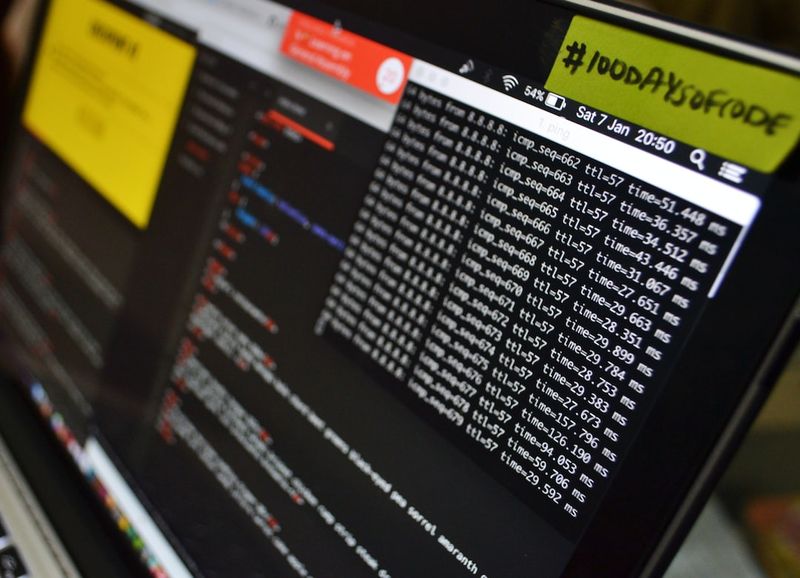Data Protection: A Gateway to Data Breaches and Leaks
The Risk of Lost and Stolen Devices
In our digital age, data has become a valuable asset that drives businesses and plays a crucial role in our everyday lives. However, the convenience of technology also brings the risk of data breaches and leaks. One often overlooked aspect of this risk is the role that lost and stolen devices play in compromising sensitive information. According to Forrester Research’s 2023 State of Data Security report, lost or stolen devices account for 17% of breaches, while only 7% of security decision makers are concerned about this issue.
The portability and value of modern devices such as laptops, smartphones, and tablets make them attractive targets for thieves. When a device is lost or stolen, the data it contains becomes vulnerable to unauthorized access. Despite investments in endpoint security controls, devices are often not as secure as organizations would hope, leading to numerous high-profile data breaches.
The Threats
The threats that arise from lost or stolen devices are significant and should not be underestimated. Unauthorized access to sensitive data becomes a real threat when a device falls into the wrong hands. Even if the device is password-protected, threat actors can use various techniques to bypass security measures and gain access to files, emails, and other confidential information. This type of access can lead to data breaches, identity theft, and financial loss.
Another issue is the lack of encryption. Many users fail to encrypt their data, leaving it exposed in the event of theft or loss. Encryption is a crucial security measure that renders data unreadable without the appropriate decryption key. Without encryption, thieves can easily access and misuse sensitive data, putting both individuals and organizations at risk. Failure to enable encryption can also expose organizations to legal liability.
In some cases, lost or stolen devices are used as a means to gain physical access to corporate networks. If an employee’s laptop or smartphone is stolen and contains access credentials or VPN configurations, the thief may use this information to infiltrate the organization’s network. Once inside, they can carry out malicious activities, steal more data, and potentially compromise the entire network’s security.
Mitigating the Risk
To prevent lost and stolen devices from contributing to data breaches and leaks, organizations should implement strong security practices. Here are some strategies that can help mitigate the risk:
Train Your Employees
Education is key to raising awareness about the importance of safeguarding devices and data. Organizations should provide training on secure practices, such as avoiding leaving devices unattended in public places. Employees should also be educated on the importance of encryption and password protection.
Implement Device Tracking
Enabling “find my device” or other device-tracking features can help track and locate lost or stolen devices, both on and off the corporate network. Geofencing can also be used to detect unauthorized device movement and send alerts when a device crosses established boundaries.
Scan for Sensitive Data
Implement endpoint data discovery to scan for sensitive data across devices and identify devices that are syncing sensitive files with cloud storage services. This allows organizations to take proactive measures to protect sensitive information.
Enable Endpoint Data Encryption
Encryption should be enabled for all sensitive data, both on the device and during transmission. Encryption provides an additional layer of security that deters unauthorized access and ensures compliance with legal requirements.
Monitor and Assess Security Controls
Regularly monitor the health of mission-critical security controls such as antivirus, antimalware, and encryption. Automated security control assessment can detect any issues or vulnerabilities and automatically repair or reinstall unhealthy apps to restore them to normal operation. Reporting on encryption and antivirus/malware status allows organizations to track the evolution of encryption status over time.
Enforce Strong Authentication
Strong password policies and multi-factor authentication (MFA) should be enforced to prevent unauthorized access to devices and accounts. Organizations should also consider transitioning to modern remote access methodologies such as the Security Service Edge (SSE) paradigm, which reduces reliance on usernames and passwords.
Encourage Secure Storage
Employees should be encouraged to store sensitive data in secure cloud storage solutions rather than on local devices. Cloud services often offer enhanced security features and backup options.
Proper Device Disposal
When devices are no longer in use, proper disposal is crucial. Recover all corporate-owned IT assets before redeploying, reselling, or recycling them. End-of-life device wipe should be performed in accordance with NIST 800-88 standards.
Conclusion
Lost and stolen devices pose a significant threat to data security and can contribute to data breaches and leaks. The potential consequences, from financial losses to damage to an organization’s reputation, make it imperative for individuals and businesses to take proactive measures to protect their data. By implementing strong security practices, including encryption, employee education, and remote freeze capabilities, organizations can significantly reduce the risks associated with lost and stolen devices and safeguard their sensitive information.

<< photo by Julia M Cameron >>
The image is for illustrative purposes only and does not depict the actual situation.
You might want to read !
- The Rising Threat: Tens of Thousands of Cisco Devices Hacked via Zero-Day Vulnerability
- Building Cyber Resilience: Fostering a Culture of Cybersecurity in Businesses
- Protecting Data While Fostering Collaboration: The New Imperatives for Modern Enterprises
- Why NIST’s Role in Data Breaches is Crucial for Businesses
- Cybercriminals Push Boundaries with Innovative Certificate Abuse Strategy
- Breaking Barriers: The Rapid Rise of Cloud Attacks in Just 10 Minutes
- Guarding Your Finances: Critical Strategies for Securing Financial and Accounting Data
- The Evolving Landscape of Cyber-Insurance: Data’s Impact on Market Outlook
- The Future of Medical Device Cybersecurity: Analyzing the Impact of FDA’s Mandates
- Predator Spyware: Exploiting Zero-Days and MitM Attacks to Invade iOS and Android Devices
- The Rising Threat of KmsdBot: IoT Devices Under Attack by Advanced Malware
- D-Link: Setting the Record Straight on Data Breach Allegations
- Federal Agencies Struggle to Meet Crucial Privacy Goal: A Setback for Data Protection




